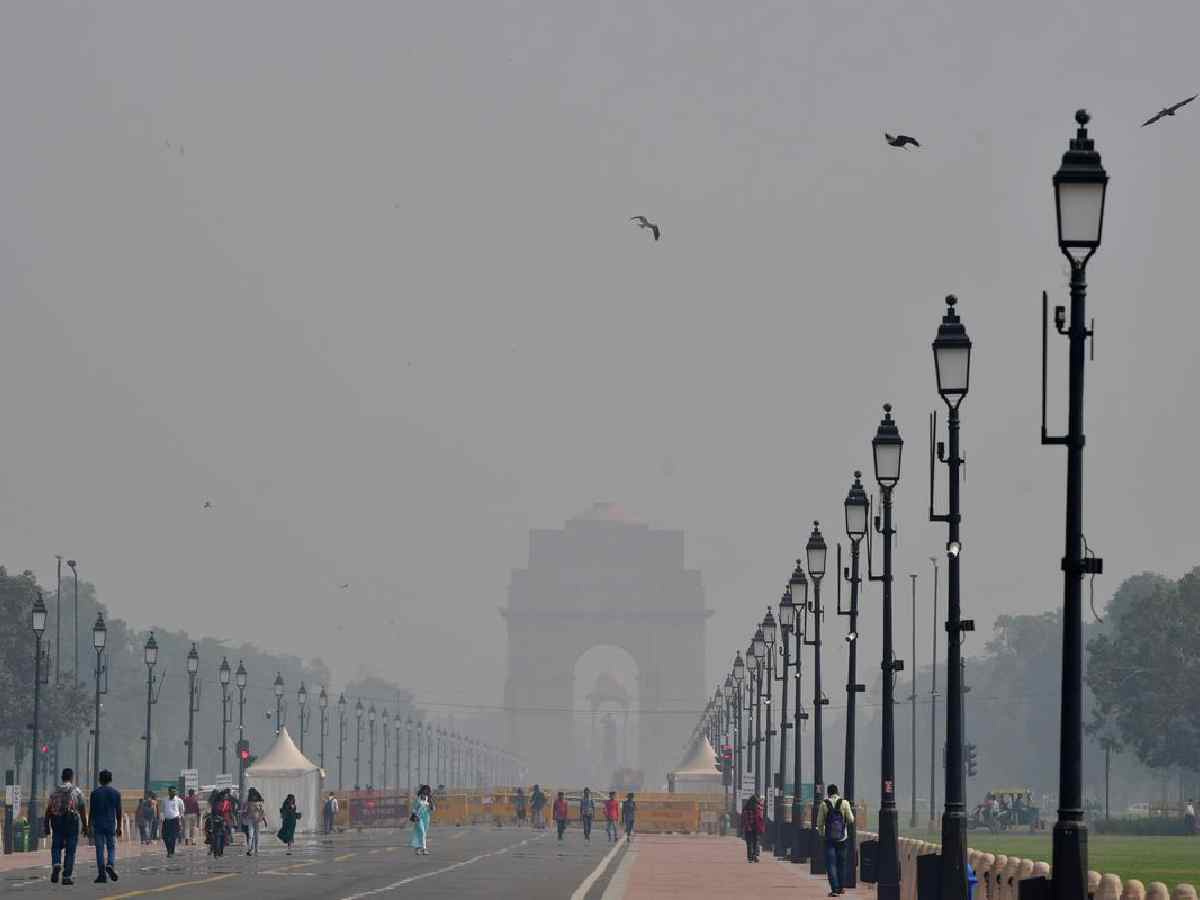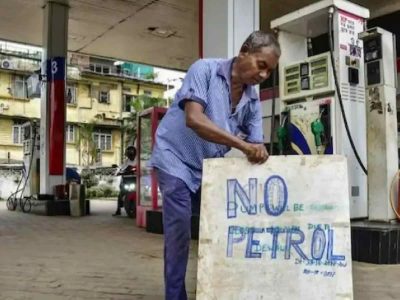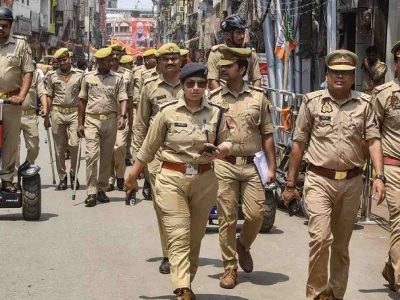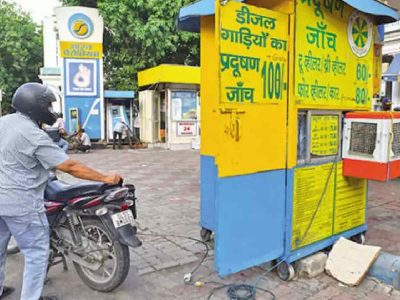Delhi Pollution: The air quality in the national capital improved from the ‘severe’ to the ‘very poor’ category on Sunday morning.
At 8 am, the Air Quality Index (AQI) was recorded at 357, falling under the ‘very poor’ category, compared to the 24-hour average AQI of 412 at 4 pm on Saturday, according to the Central Pollution Control Board.
However, Anand Vihar remained in the ‘severe’ category with an AQI of 404.
Delhi’s air quality has remained hazardous for nearly a month. On October 30, it first slipped into the ‘very poor’ category and stayed there for 15 days. It worsened further last Sunday as Delhi recorded ‘severe’ air quality and stayed so on Monday and Tuesday.
Also read: What’s in a name? From Kale Khan to Birsa Munda, politics writes history
By Wednesday, the air quality was in the ‘severe plus’ category. Favorable wind conditions brought slight relief on Thursday but the air quality began deteriorating again, nearing the ‘severe’ category, on Friday. Delhi’s air quality slipped back to the ‘severe’ category on Saturday.
The ‘severe’ category poses serious health risks, especially due to fine particulate matter (PM2.5), which can penetrate deep into the lungs and enter the bloodstream, causing long-term health issues.
The weather office said the minimum temperature was recorded at 12 degrees Celsius. It has forecast shallow fog during the morning or night hours, with the maximum temperature expected to hover around 28 degrees Celsius.
The humidity level at 8:30 am stood at a high 75 percent.
On November 18, 2024, Delhi woke up to a thick blanket of smog, with the city’s air quality falling into the ‘severe +’ category. Several other cities in North India also reported air pollution levels in the ‘severe’ or ‘severe +’ range.
According to the Central Pollution Control Board (CPCB), Delhi’s 24-hour average AQI was 484 at 8 a.m., marking the worst air quality in the country. One of the 37 observation stations in Delhi recorded an AQI of 500, the highest possible reading.
On November 16, 2024, stubble burning in neighbouring states contributed 25.1% to the PM2.5 levels in Delhi, as per the latest data from the Union Ministry of Earth Sciences. The air quality is expected to improve slightly to the ‘very poor’ category.
Also read: Pollution: Delhi’s air quality slips back to ‘severe’ with AQI at 420
To tackle the worsening air quality, the Centre’s air quality panel implemented stricter measures under Stage 4 of the Graded Response Action Plan (GRAP) from November 18, 2024. This includes a ban on truck entry, except for those transporting essential goods or using clean fuel (LNG, CNG, BS-VI diesel, or electric). Non-essential light commercial vehicles registered outside Delhi, excluding EVs, CNG, and BS-VI diesel, will also be prohibited. Additionally, Delhi-registered BS-IV or older diesel vehicles, except those in essential services, are banned.
The Commission for Air Quality Management (CAQM) issued the order as Delhi’s AQI worsened, reaching 441 at 4 p.m. and spiking to 457 by 7 p.m. due to unfavourable weather conditions.
(Inputs from PTI )





